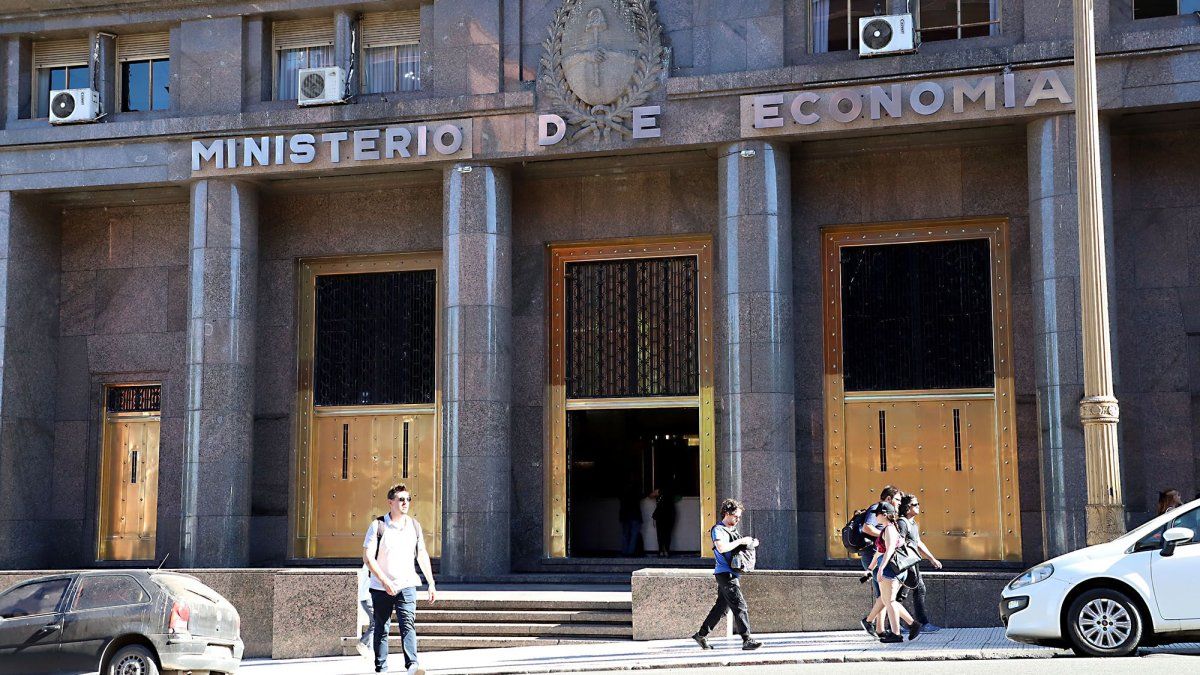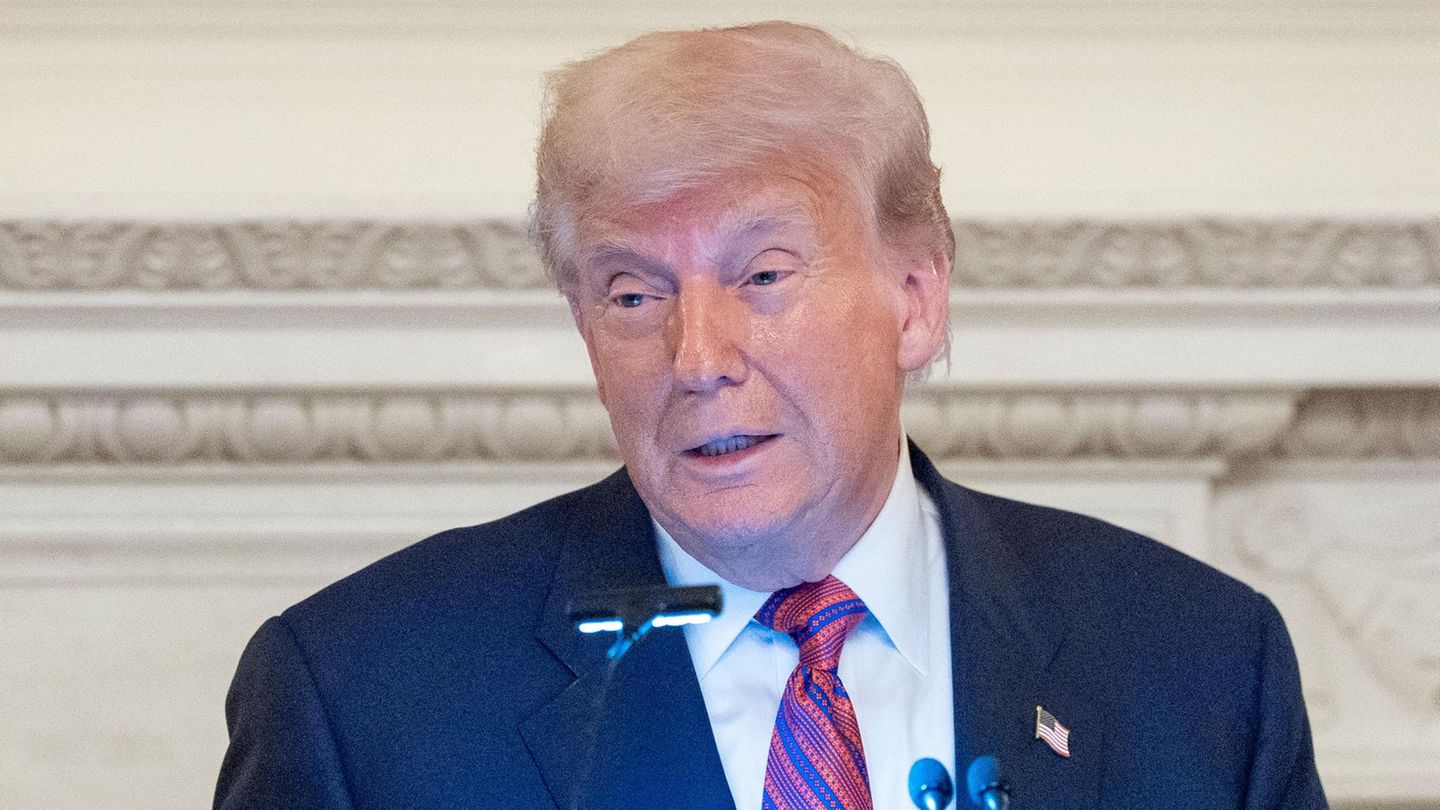With maturities for $ 9.2 billion and a market that closes Carry Trade positions, the treasure faces a critical tender. The renewal capacity will be decisive to avoid greater pressure on the dollar and contain the sale of BCRA reserves.
In a context where the demand for the dollar in the single change market forced Central Bank of the Argentine Republic (BCRA) to sell more than 1.2 billion dollars In just six days, the Treasury faces debt maturities in local currency for 9.2 billion pesoswhich could increase the amount of pesos in the economy and, consequently, increase the pressure on the exchange rate.
The content you want to access is exclusive to subscribers.
In the last wheels, a marked Sell-Off has been observed on debt in pesos, as well as difficulties in placing longer-term titles in recent tenders. The rates in the secondary market have registered a slight increasewhich anticipates that the treasure must probably validate a rise in the next tender to maximize the renewal of the maturities. This scenario takes on special relevance not only for the challenge facing the BCRA with its sales of dollars, but also for the reduction in the stock of the treasure deposits.


When, in the midst of the strategy for cleaning up the BCRA, the debt of this to the Treasury was transferred, the resulting weights were also transferred, which led to the Treasury deposits in the BCRA reaching a maximum of 16.7 billion pesos in September 2024. However, today that figure was reduced to 6.1 billion, even touching the 3.6 billion at the end of February.
On Tuesday, the Treasury will announce the instrument menu it will offer in the next tender. In previous emissions, he left the Dollar-Linked bonds, But this time they will find greater demand. Likewise, it is foreseeable that the concentration in the instruments of shorter term will continue, given the growing market appetite for less exposure to the risk of extension and higher rates.
The exchange market also reflects the Mass closure of Carry Trade operations. Exporting companies, which could previously take credits in dollars to low rates, turned those funds to pesos to carry out financial placements, benefiting from the rate differential and the hit crawling secured by the government. In the last 12 months, the dollar loan stock increased from 5,000 million to more than 12,000 million, and its conversion to pesos was one of the key factors that allowed the BCRA Being a net currency buyer in the second half of last year.
However, Before a possible change in the exchange regime product of the new agreement with the IMF, the expectations of profitability of these operations have deteriorated. As a result, market actors began to close their Carry Trade positions and importers to cancel their dollars. At the same time, exporters take the liquidation of currencies, waiting for a better exchange rate. This combination of greater demand (for closing Carry Trade and importation of imports) with a lower offer of dollars (delay in export settlement) explains the recent pressure on the BCRA and its sales sales.
In this scenario, the tender of the Treasure acquires critical importance. The more pesos renew, the less the pressure on the dollar will be, preventing the BCRA Have to intervene more aggressively and deepen daily sales. An insufficient renewal could translate into an additional flow of pesos that, in a context of growing exchange tensions, could further feed the demand for dollars and compromise the scarce reserves of the country.
Source: Ambito
David William is a talented author who has made a name for himself in the world of writing. He is a professional author who writes on a wide range of topics, from general interest to opinion news. David is currently working as a writer at 24 hours worlds where he brings his unique perspective and in-depth research to his articles, making them both informative and engaging.




